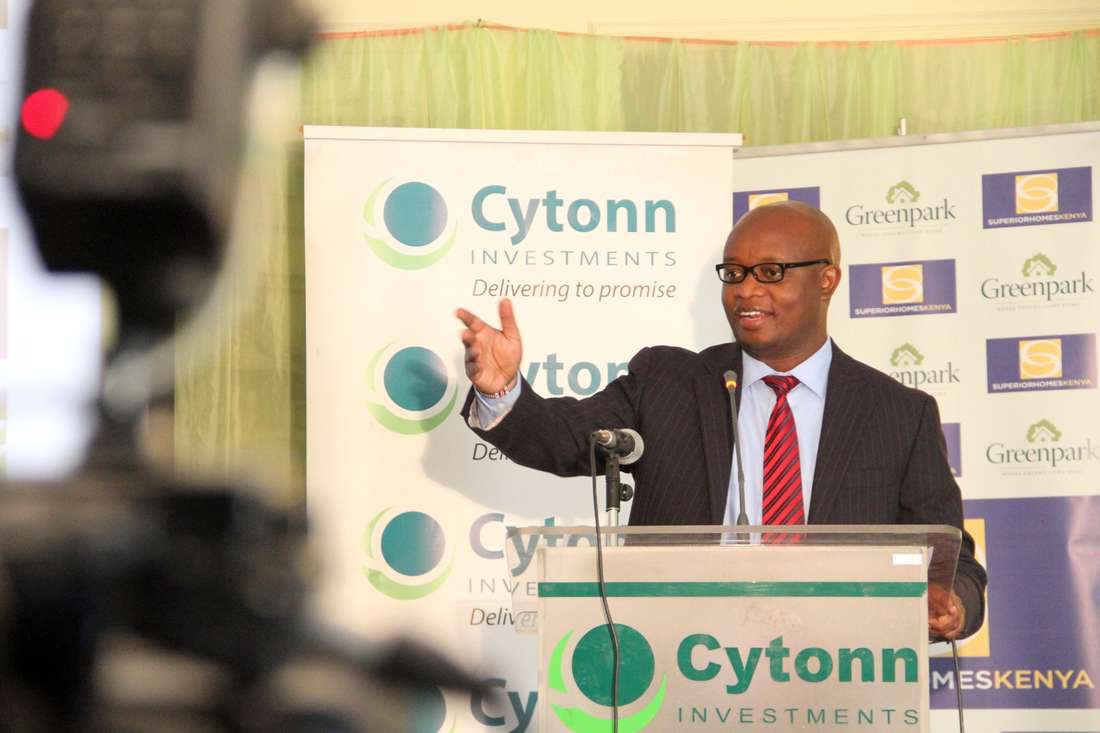The Communications Authority of Kenya (CA), the regulatory agency for the ICT industry in Kenya, is calling on the public for open consultations on the review of the country’s telecommunications market structure as it seeks to rewrite telecommunication laws, referred to as the Unified Licensing Framework (ULF), which was last amended in 2014.
In the Public Consultation Document about the revision, CA has developed a new structural model of the mobile telecommunications industry to capture the impact of changes in market structure, simplify the licensing process, provide a more conducive environment for market growth and, most importantly, improve performance standards to ensure that consumers receive high-quality services while considering the convergence of technologies.
According to David Mugonyi, the Director General of CA, the improved ULF will offer a more flexible, simplified, and technology- and service-neutral form of licensing to facilitate easier market entry by minimising regulatory requirements and processes for evolving and dynamic technologies. However, it will enforce stricter performance standards designed to limit negative externalities.
> How Technology is Revolutionizing Businesses in Kenya
Among those that will be affected by the Telecommunications Market Structure review are ordinary vendors and equipment distributors. Currently, the Vendor Licence permits the licensee to sell low-power telecommunications terminal equipment, such as mobile phones and vehicle tracking devices, among other low-power telecommunication terminal equipment. This licence is free of any regulatory fees. Despite the ease of entry in this market segment, many vendors operate without a licence, often importing and selling substandard communication devices, raising several concerns due to non-compliance with local standards, such as the requirement for a unique International Mobile Equipment Identity (IMEI).
As a result, if the proposal gains enough support, a new licence category will be introduced: the Telecommunications Equipment Distributor (TED) Licence (costing Ksh 250,000), to be issued to wholesale suppliers of communications equipment and entities wishing to import communications equipment for sale. A Communications Equipment Vendor (CEV) Licence will also be introduced for small-scale local mobile phone dealers to control the sale of substandard devices in the market. CEVs will only be able to obtain their equipment from licensed TEDs.
Telecommunication contractors responsible for the installation and maintenance of communication devices will also be affected. Their Telecommunication Equipment Contractor (TEC) Licence will be renamed to Communications Equipment Contractor (CEC) Licence, with their equipment installation reports certified by registered technical personnel to ensure the integrity of equipment installation and maintenance. The TEC Licence fee will increase to Ksh10,000 from Ksh3,000, which, according to the CA, does not currently reflect the contractors’ varied revenue levels.
If the proposed rules become law, public communication centres, primarily cybercafés, will be required to change their operations. The Authority currently has a provision to licence cybercafes under a category called Public Communication Access Centre (PCAC), but it notes that there is a very large number of entities operating as cybercafés without proper licensing nationwide, posing significant regulatory challenges that closely mirror those of the ordinary Vendor Licence category.
“For that reason, the licence shall be reintroduced, but as a Class Licence with licence terms and conditions set by the Authority, including provisions for record-keeping, log-in software, CCTV surveillance, as well as identification of persons accessing the service point/facility,” the CA states in the Public Consultation Document.
Several other telecommunication sectors and participants will also be affected but are not mentioned here. These include network facilities providers, the Internet of Things (IoT), Submarine Cable Landing Rights (SCLR), Satellite Landing Rights (SLR), and International Gateway Systems and Services (IGSS), among others. For more details, access the consultation document on the CA’s website.
> How Much Does Internet Cost in Kenya?












Leave a comment